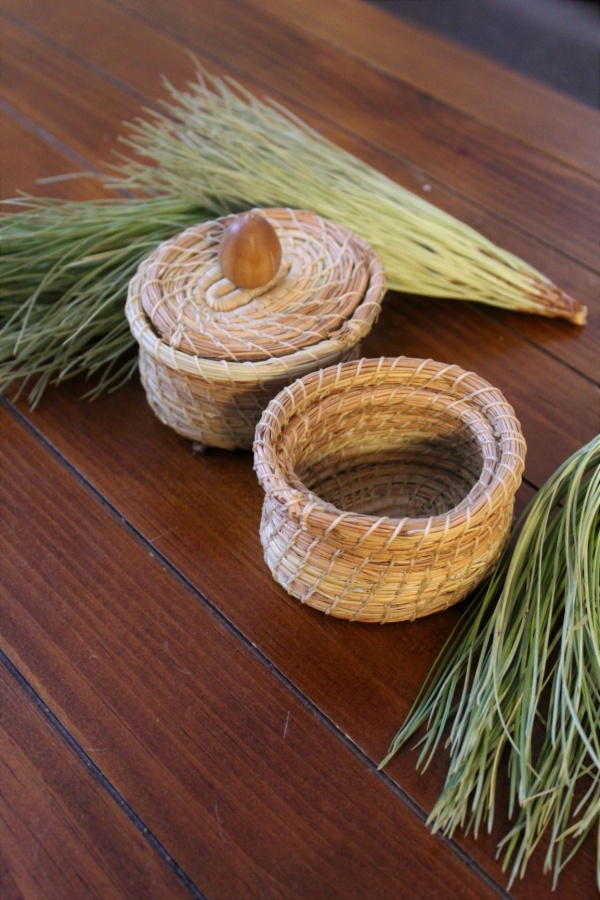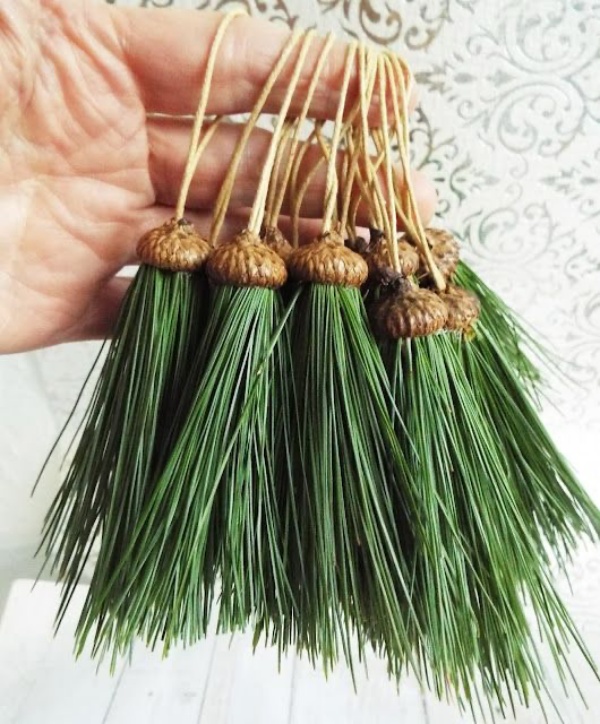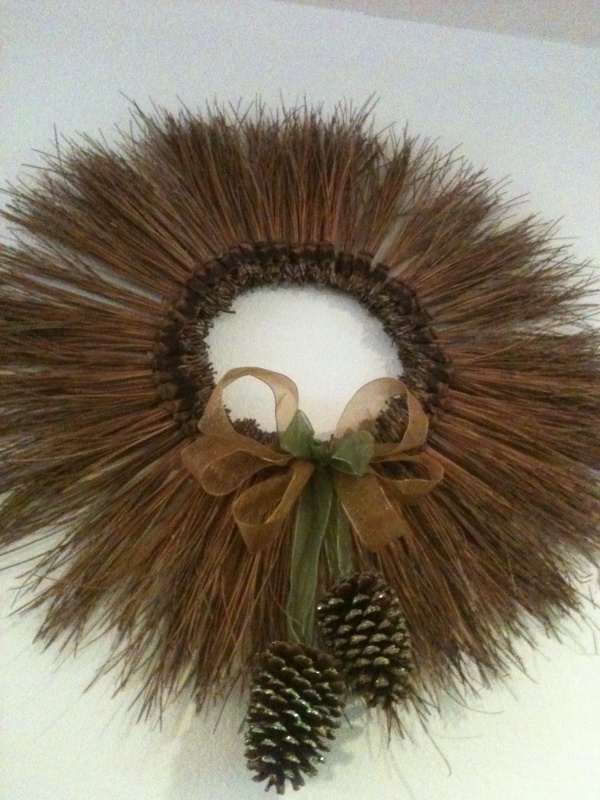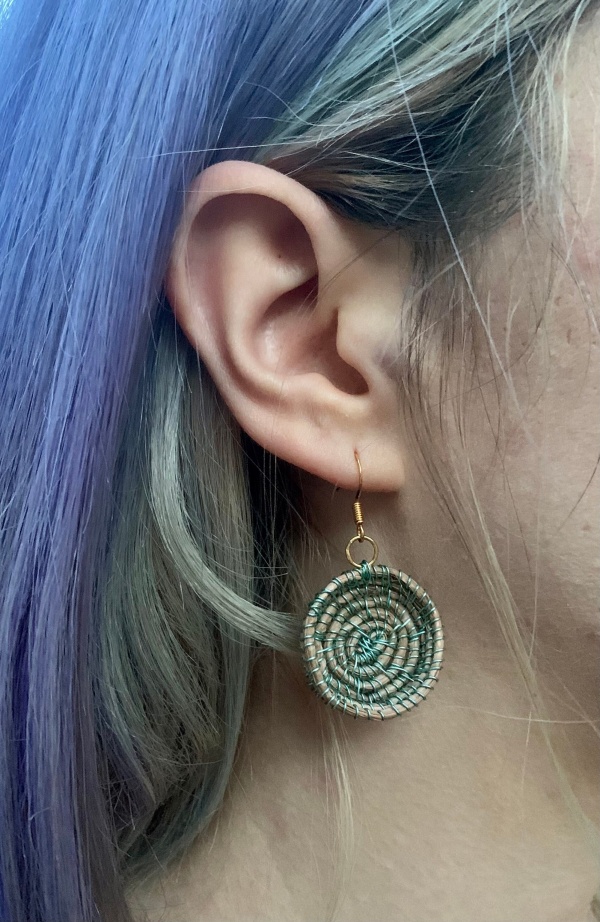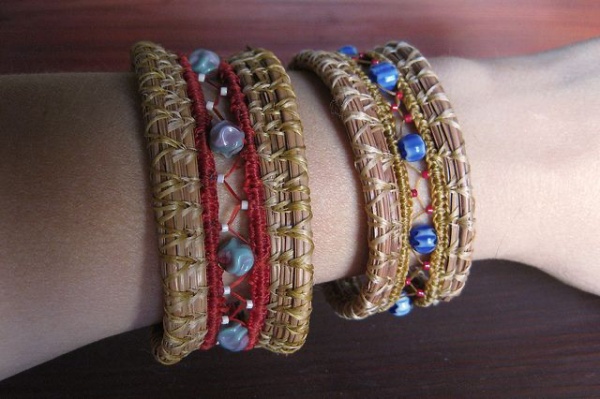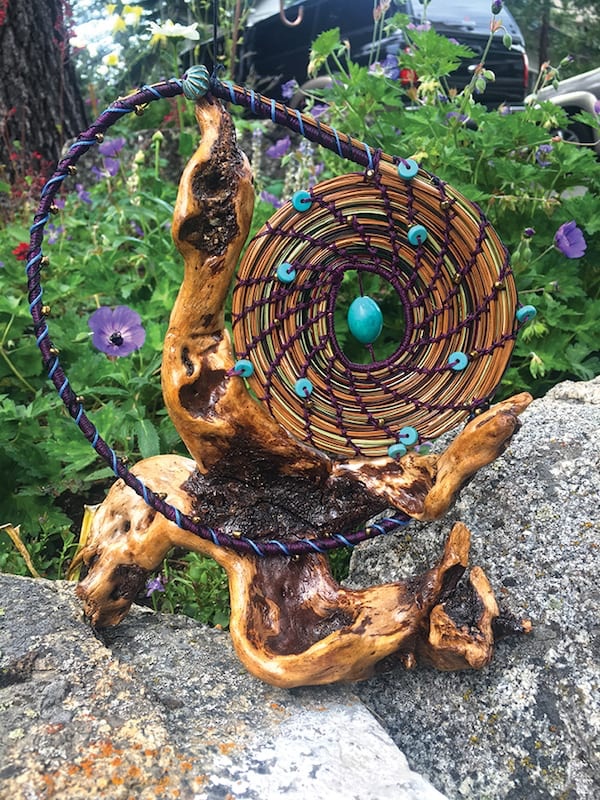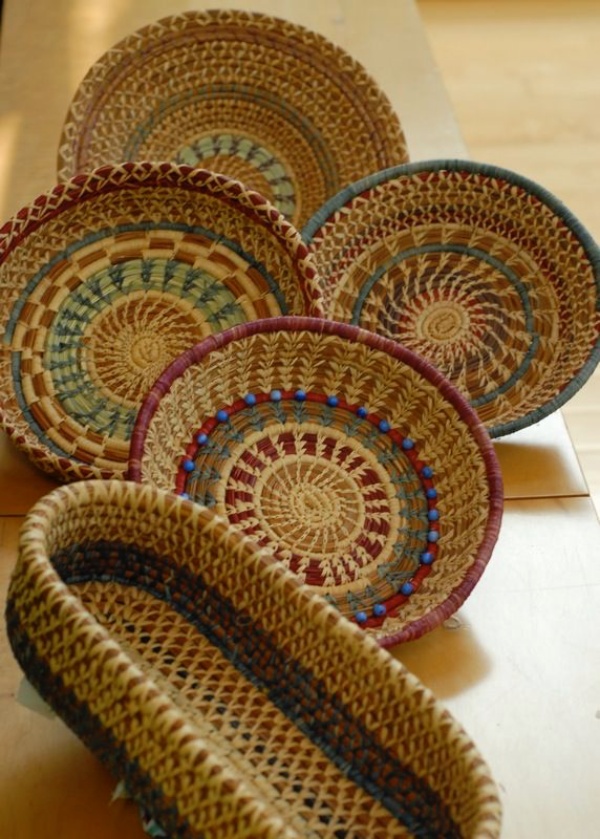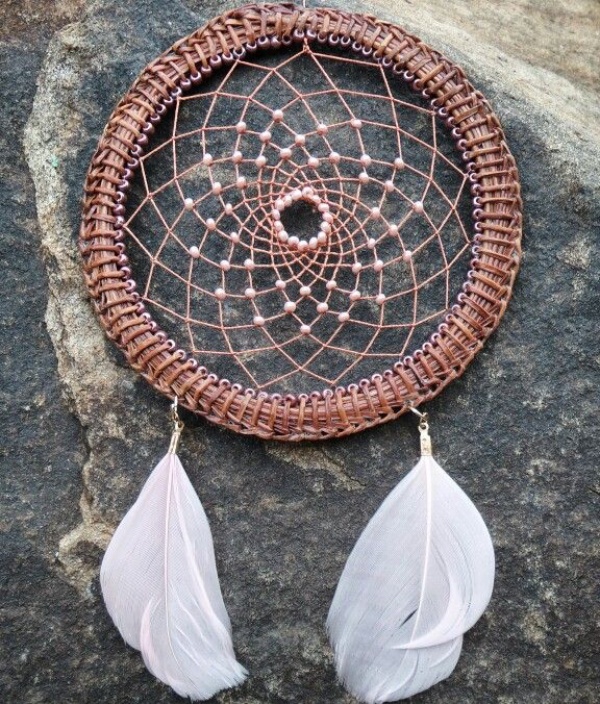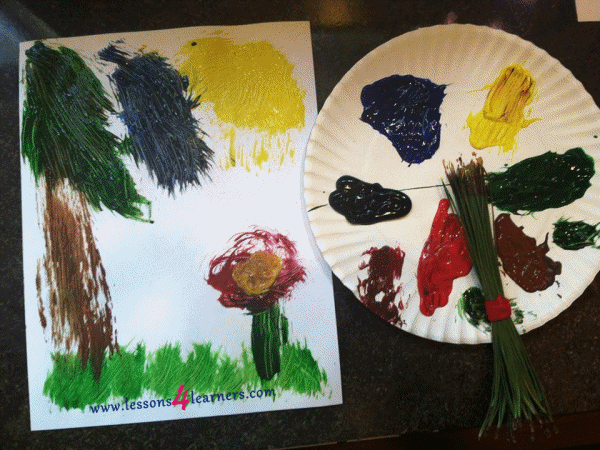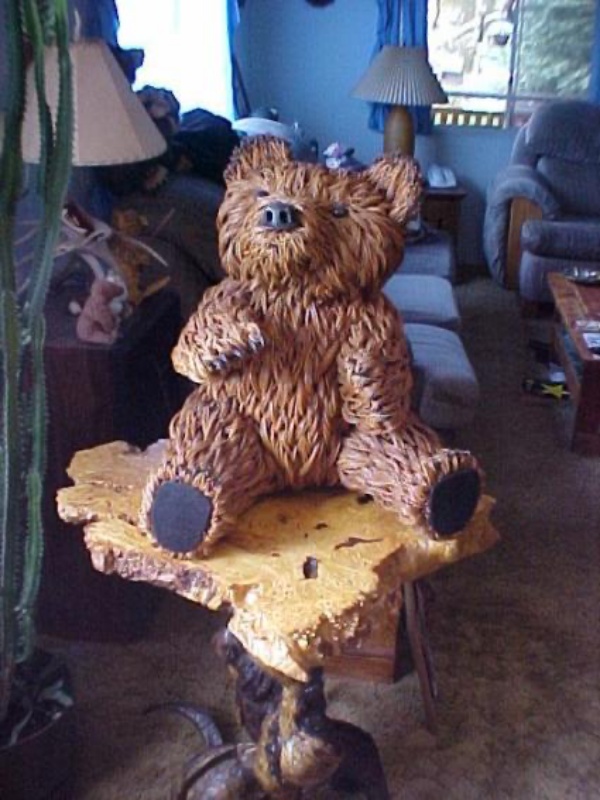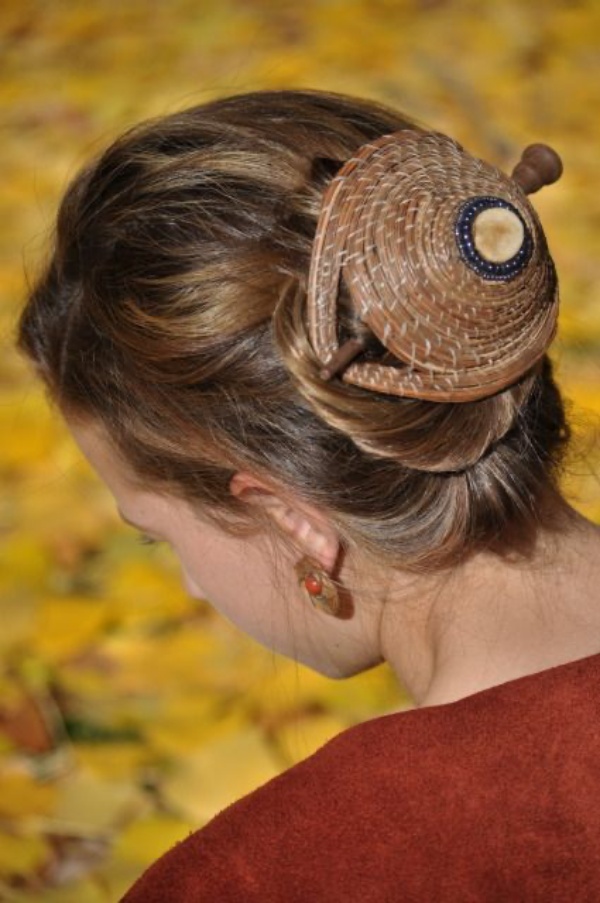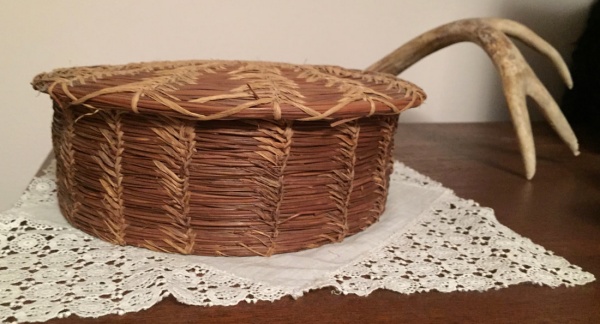Pine needles also called pine straws are lightweight and therefore gardener-friendly meaning they are lighter to lift, carry, and spread. A large bag of pine needles will weigh much less than a 50-pound bale of straw or a wheelbarrow full of wood chips or stone. The needles of pine trees are a natural by-product of the trees’ lifecycle and are therefore a renewable, but a harmless resource that requires no fuel or utilities in its creation. This cannot be said even for wood mulch and other by-products like sawdust (both still useful, but not carbon-free in their production). There are multiple ways to reuse pine needles intelligently which we will be discussing below.
Using Pine Needles to Acidify Soil
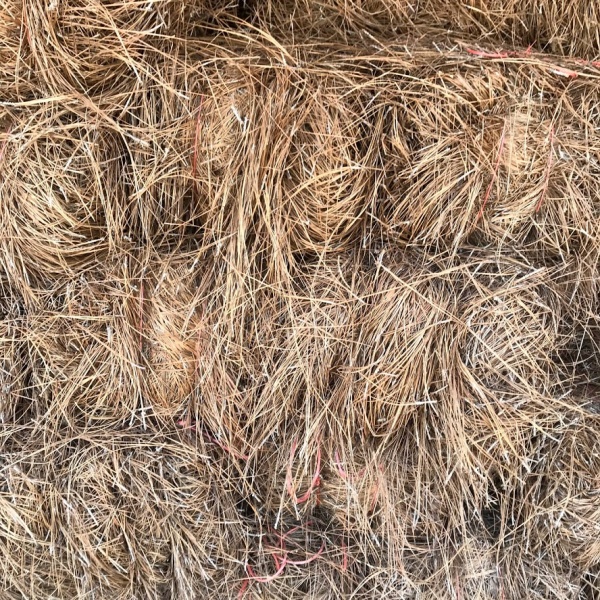
If you need to increase soil acidity to satisfy the needs of a particular acid-loving plant, it is probably best to use pine needles in combination with another known amendment. On its own, pine needles are not likely to achieve the desired effect. For instance, you might look to white vinegar for a more immediate effect, and a dressing of pine needles to release more acidity over time. It would not hurt to also work a layer of pine needles several inches into the surrounding soil.
Yard and Garden Mulch

Pine needles are one of the longest-lasting mulches, preferred by many over the wood chips and other popular mulch materials. They are especially useful in areas where runoff and erosion are an issue. As mulch, pine needles are slow to decompose, so they last a long time but they will also enrich the soil when they do eventually decompose. They block the light that is needed for weed seeds to germinate and grow, killing off weed sprouts. Pine needle mulch (also called pine straw) is quite effective in suppressing weeds.
Compost
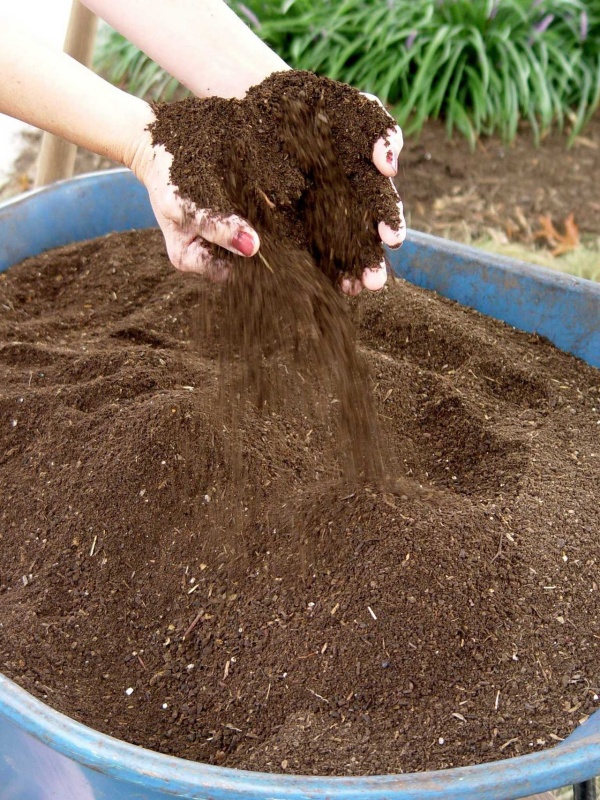
As a compost material, pine needles are a brown material—a carbon source. If you have a ready source, they are a good material to use to bulk up your bin. Pine needles benefit compost piles because they do not compact and therefore, they provide good essential air and oxygen flow, which enhances microbial growth and action. They also provide needed carbohydrates. However, as they are not particularly moisture-absorbent, pine straw needs a good amount of green material and moisture to keep the balance and maintain the pile’s overall activity.
Great Garden Paths
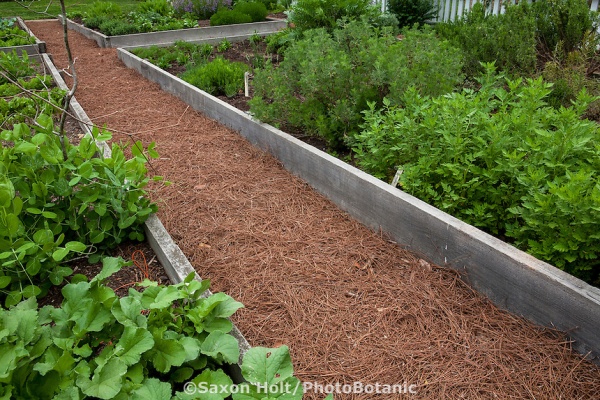
You know that feeling of walking on a soft forest floor covered in pine straw, absent of plants and weeds? You can recreate that experience in your garden in different ways to reuse pine needles intelligently. They are an excellent material for creating garden paths and walkways and . Pine needles are slow to break down, comfortable to walk on, good at suppressing weeds, and best of all—they’re free! They are also easy to top up each year to keep your garden paths clean and clear.
Protect Overwintering Crops with Pine Straw
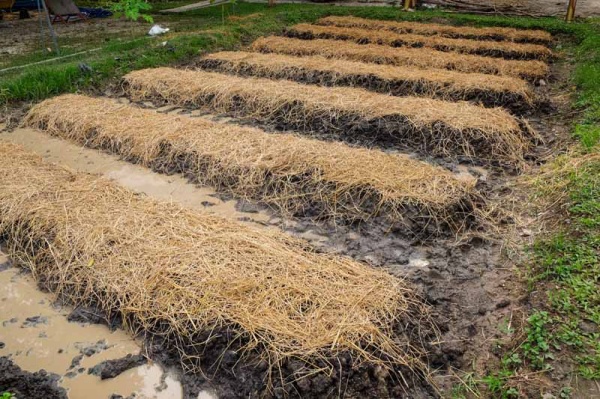
Pine needles are great to use for any of those plants that you mulch or bury to overwinter. A pile of pine needles will keep your plants warmer and protect them from frosts, hard freezes, and damaging weather like ice, sleet, and hail. They will also help moderate the temperature of the ground to help prevent roots from being heaved up out of the ground by penetrating frost.
Excellent Erosion Control
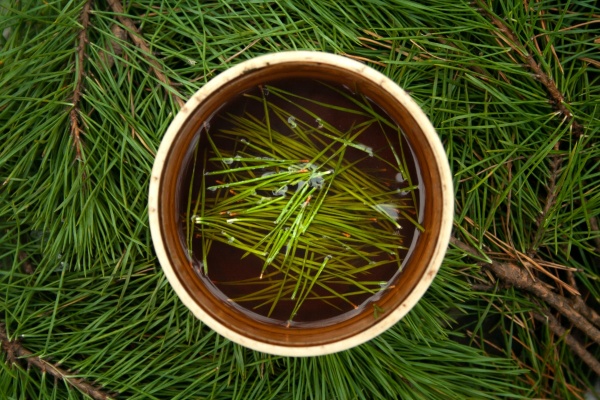
Pine needles make some of the best covers for erosion control. They are recommended anywhere where soil erosion and runoff may be an issue. They are recommended for erosion control on slopes and hillsides even over wood chip. Pine straw is lightweight, but it naturally weaves and knits itself together so it does not easily blow or wash away. Once settled, pine needles do not float the way wood chips and other mulch products can. Lightweight and free, they are easier and affordable to work with, too.
No-Till Garden Methods
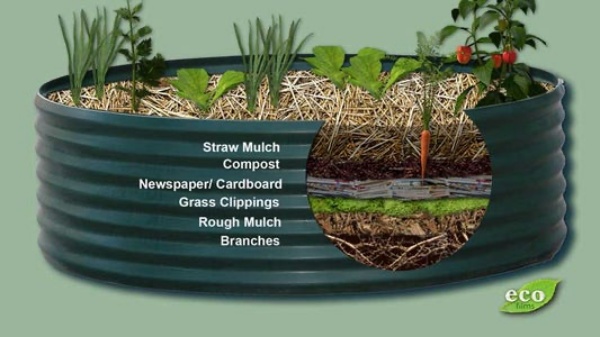
No-till gardening methods are becoming more and more popular. They save work, conserve soil, improve soil, and solve soil issues for gardeners who do not have good garden soil to work with. There are a number of forms that no-till garden methods take, including the popular “lasagna” or layered gardening methods. Regardless of which of these methods you prefer, if you’re no-till gardening you should find yourself a source of pine needles. These easy-to-use, lightweight, free natural resources are ideal for no-till garden methods of any type.
Repelling Problem Animals

Many animals do not like the smell of pine and will avoid it when they can. This is true of cats, dogs, moles, voles, and other creatures that can be a nuisance in the garden. If you are using pine needles for mulching or lining garden paths and walkways, you are probably doing a lot to keep these animals out of your garden by default. If you are not, you might want to think about changing out your mulch, or adding to it, for this purpose alone.
Great Tinder and Fire Starters
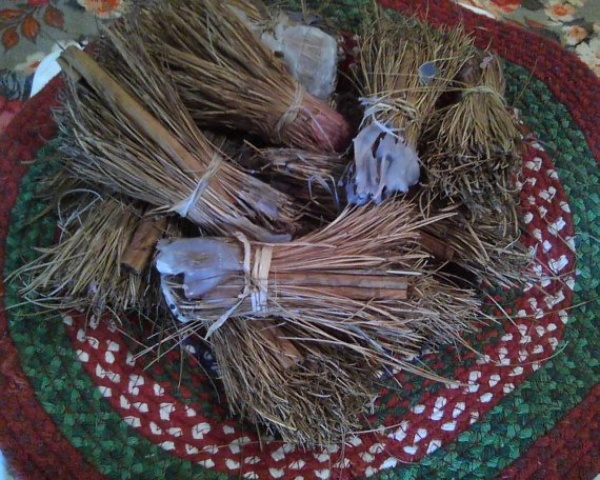
A few handfuls of dry pine needles make excellent tinder for starting backyard fires. Make a pile in the pit’s bottom, top with dry kindling, and light. For something a little more lasting, you can make your own pine needle fire starters:
Naturally Antiseptic Cleaners

Pine is a well-known cleaner that lends the added benefit of leaving behind a quite pleasant scent. What’s even better is that pine oils are naturally antiseptic, so not only will they help you to remove dirt and grime from all sorts of surfaces; they lend an antimicrobial hand, too. You can make a simple pine needle cleaner using just pine straw and water, or you can kick it up a notch by using vinegar in your recipe which will also increase its antifungal, antibacterial, and antimicrobial power.
Ways to Reuse Pine Needles Intelligently
